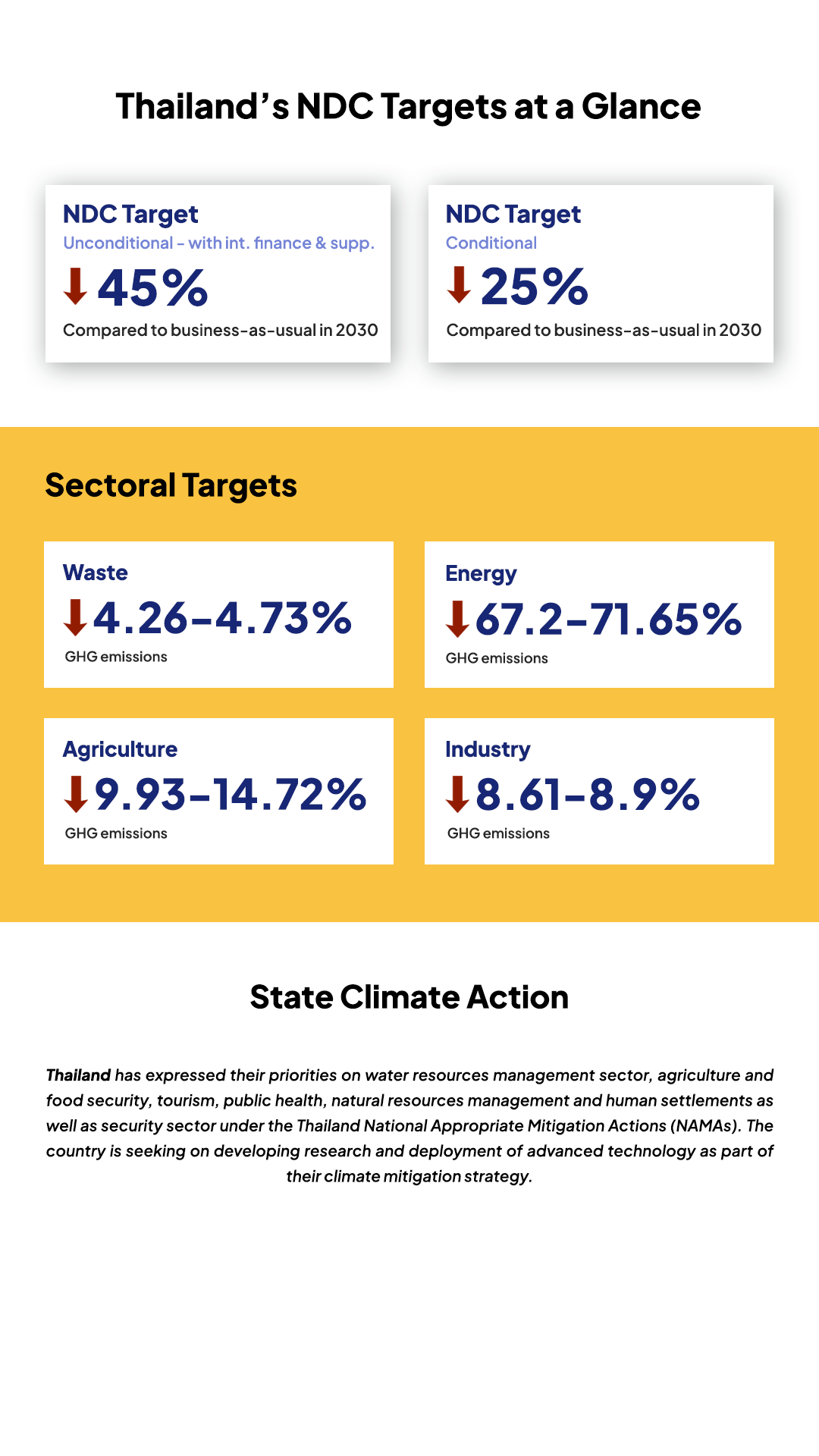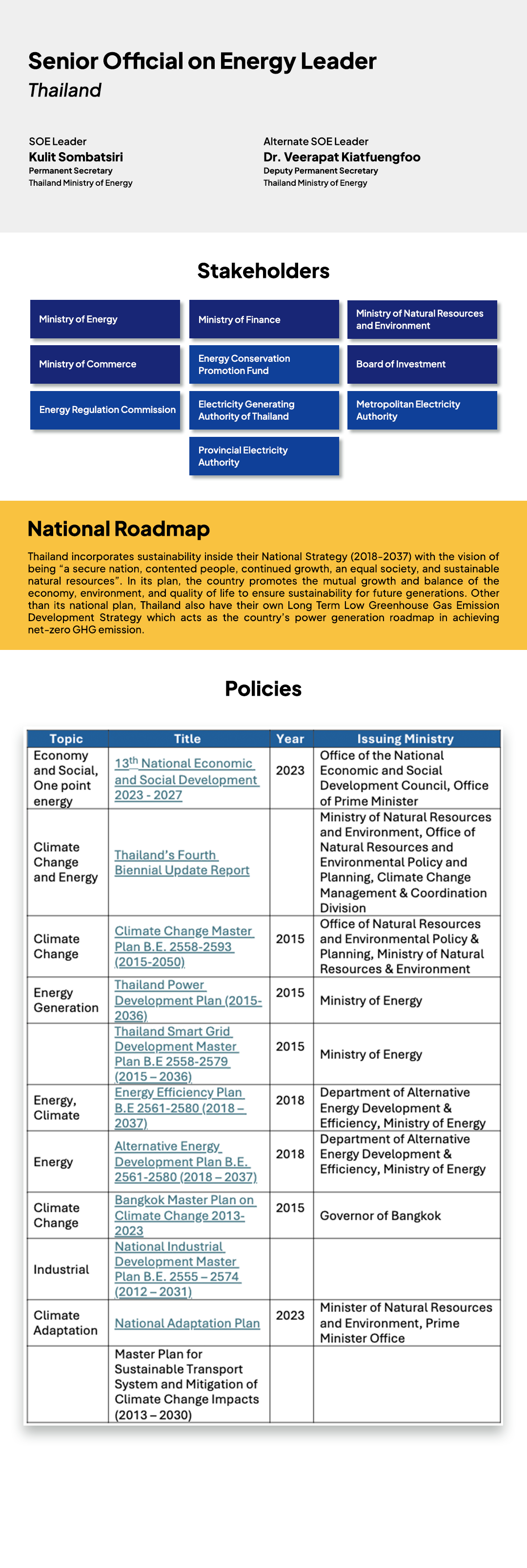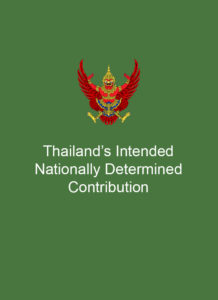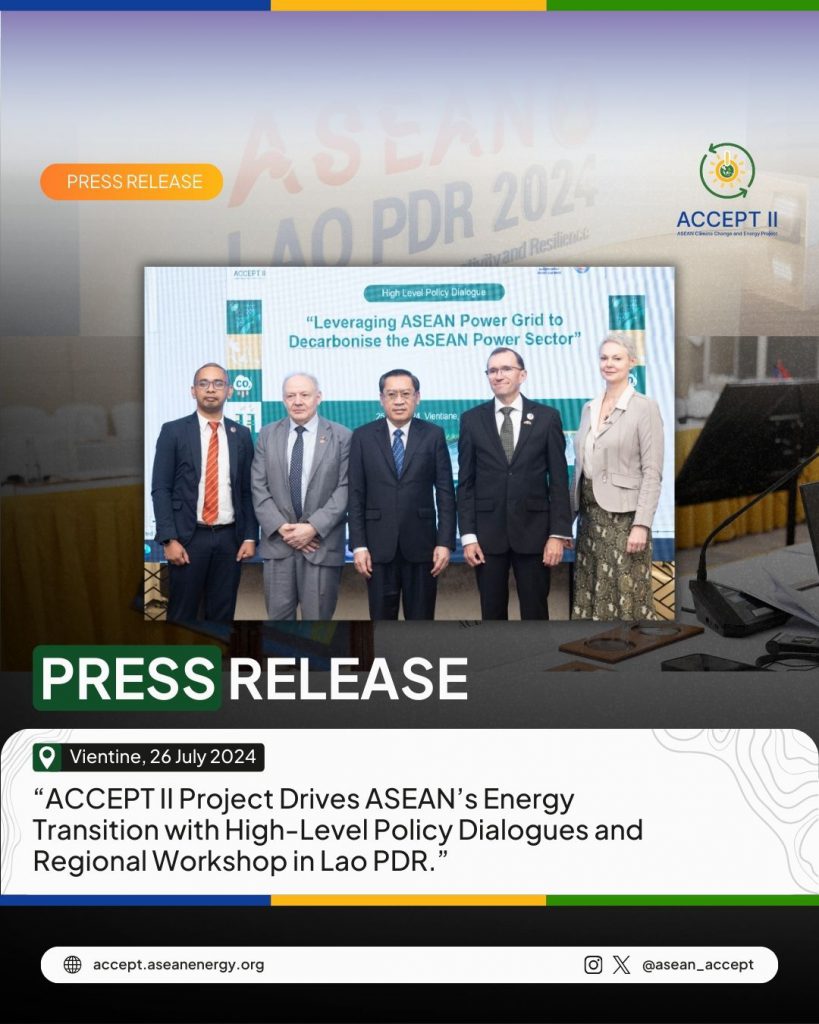Thailand is one of the most vulnerable countries to the impact of climate change. Therefore, the country sets their NDC scope
and coverage to economy-wide sectors with the energy sector as the country’s largest GHG emission contributor, accounting for 69.06%
of total emissions in 2018.






